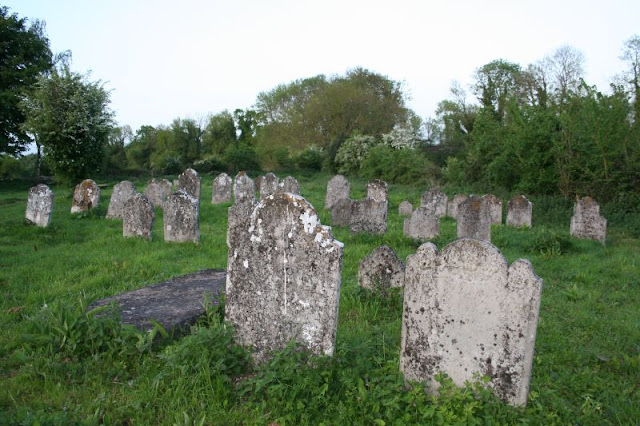I found this place by accident while out with my camera one evening
while my wife was off dog training. I was taking photo's for Geograph
and on the map I noticed the words Graveyard. I took this at face value
and thought that it would be the cemetery for the village, how wrong I
was.
A small gate leads you into an old churchyard with this sign at the entrance beyond that is a graveyard.
Row upon row of old headstones stand testament to what was once here
Row upon row of old headstones stand testament to what was once here
Family graves lay broken and the graves untended with weeds growing between.
Some are broken and are being lost in the weeds,
Others stand defiant and proud.
You can still see the outline of the church in the ground
An if you look carefully you will find the entrance with the remains of the door pillar still there.
Headstones have survived though the words on them have gone.
Bit you will find a few that you can read
It was late in the evening when I left to go back and meet up with my wife again so I had one last look and left. It's worth a visit if your in Otterbourne.




































